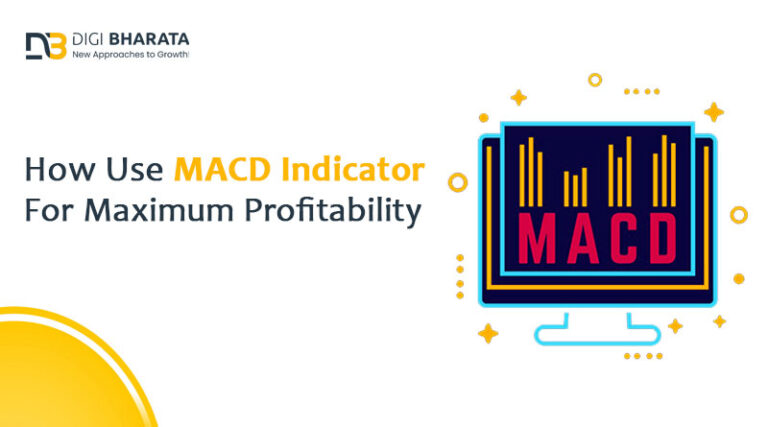In recent years, the agricultural landscape has witnessed a remarkable transformation, thanks to the integration of Artificial Intelligence (AI) technologies. Farmers and agribusinesses are leveraging AI to enhance efficiency, optimize resource utilization, and boost overall productivity.
In this blog post, we will delve into the key roles of AI in agriculture, highlighting its significance in shaping the future of farming.
Table of Contents
AI in Agriculture
The adoption of AI in agriculture represents a revolutionary shift from traditional farming practices to a more intelligent and data-driven approach. Machine learning algorithms and advanced data analytics are being employed to analyze vast datasets, offering valuable insights into crop management, weather patterns, and soil health.
This intelligent decision-making process enables farmers to make informed choices, leading to increased yields and sustainable farming practices.
Precision Farming with AI Integration
Precision farming is at the forefront of AI utilization in agriculture. By deploying drones, sensors, and smart machinery equipped with AI algorithms, farmers can collect real-time data about their fields.
These insights help in precisely tailoring irrigation, fertilization, and pesticide application to the specific needs of each crop. The result is a significant reduction in resource wastage, cost savings, and improved environmental sustainability.
Smart Sensors for Real-Time Monitoring
AI-powered smart sensors play a crucial role in providing real-time monitoring of various factors affecting crop growth. These sensors measure soil moisture, nutrient levels, and weather conditions, allowing farmers to make timely decisions.
For instance, if a sensor detects lower soil moisture levels, it can trigger an automated irrigation system to promptly ensure the crops receive the required water.
Drones in Agriculture
Drones equipped with AI technology offer farmers a comprehensive view of their fields from above. This aerial perspective allows for detecting crop diseases, pest infestations, and other issues that may not be visible at ground level. With this information, farmers can target specific areas for treatment, minimizing the use of pesticides and maximizing crop health.
AI and Crop Disease Detection
One of the most significant challenges in agriculture is the timely identification and management of crop diseases. AI is emerging as a pivotal catalyst in transforming this aspect.
Machine learning models can analyze images of crops to detect early signs of diseases or nutrient deficiencies. By identifying these issues at an early stage, farmers can take proactive measures to prevent the spread of diseases, ensuring a healthier and more robust crop yield.
Image Recognition for Disease Identification
AI-powered image recognition technology can analyze images of crops and identify patterns associated with various diseases.
By comparing these patterns to a database of known diseases, the system can accurately diagnose the problem. This enables farmers to implement targeted interventions, such as adjusting irrigation or applying specific treatments, to address the issue promptly.
Predictive Analytics for Disease Prevention
In addition to detecting existing diseases, AI can also be employed for predictive analytics. By analyzing historical data and environmental factors, machine learning models can forecast the likelihood of disease outbreaks.
This proactive approach allows farmers to implement preventive measures, reducing the risk of crop loss and ensuring a more stable and sustainable farming operation.
FAQs
Q1: What role does AI play in modern agriculture?
Ans: AI in agriculture is a transformative force, offering data-driven solutions to enhance efficiency and productivity. It is utilized in precision farming through technologies like smart sensors, drones, and machine learning algorithms.
AI enables farmers to make informed decisions about crop management, irrigation, and resource optimization, ultimately leading to improved yields and sustainable practices.
Q2: How does AI contribute to disease detection in crops?
Ans: AI plays a crucial role in crop disease management. Through image recognition technology, AI analyzes visual data of crops to identify patterns associated with diseases or nutrient deficiencies. Spotting issues early helps farmers act ahead of time, stopping diseases from spreading and keeping crops healthy.
Predictive analytics powered by AI help forecast the likelihood of disease outbreaks, enabling farmers to implement preventive strategies for a healthier crop yield.
Q3: What are some key technologies encompassed by AI in agriculture?
Ans: AI in agriculture encompasses a range of technologies, including smart sensors, drones, and machine learning algorithms. Smart sensors provide real-time data on soil moisture, nutrient levels, and weather conditions. Drones equipped with AI capture aerial views for crop monitoring.
Machine learning algorithms analyze vast datasets, offering insights for precise decision-making in areas like irrigation, fertilization, and disease detection. These technologies collectively contribute to precision farming and sustainable agricultural practices.
Q4: In what ways does AI contribute to resource optimization in agriculture?
Ans: AI optimizes resources in agriculture by facilitating precision farming practices. Through real-time data analysis, AI helps farmers tailor irrigation, fertilization, and pesticide application to the specific needs of each crop.
This targeted approach minimizes resource wastage, reduces costs, and enhances environmental sustainability. By harnessing the power of AI, farmers can make more efficient use of resources, leading to a more sustainable and productive agricultural system.
Conclusion
As we navigate the challenges of feeding a growing global population, the role of AI in agriculture becomes increasingly vital. The integration of AI technologies in precision farming, real-time monitoring, and disease detection is reshaping the way we approach agriculture.
By harnessing the power of AI, farmers are not only optimizing their operations but also contributing to a more sustainable and productive future for the entire agricultural industry.
As we continue to embrace these technological advancements, the possibilities for innovation in agriculture are truly limitless.























+ There are no comments
Add yours